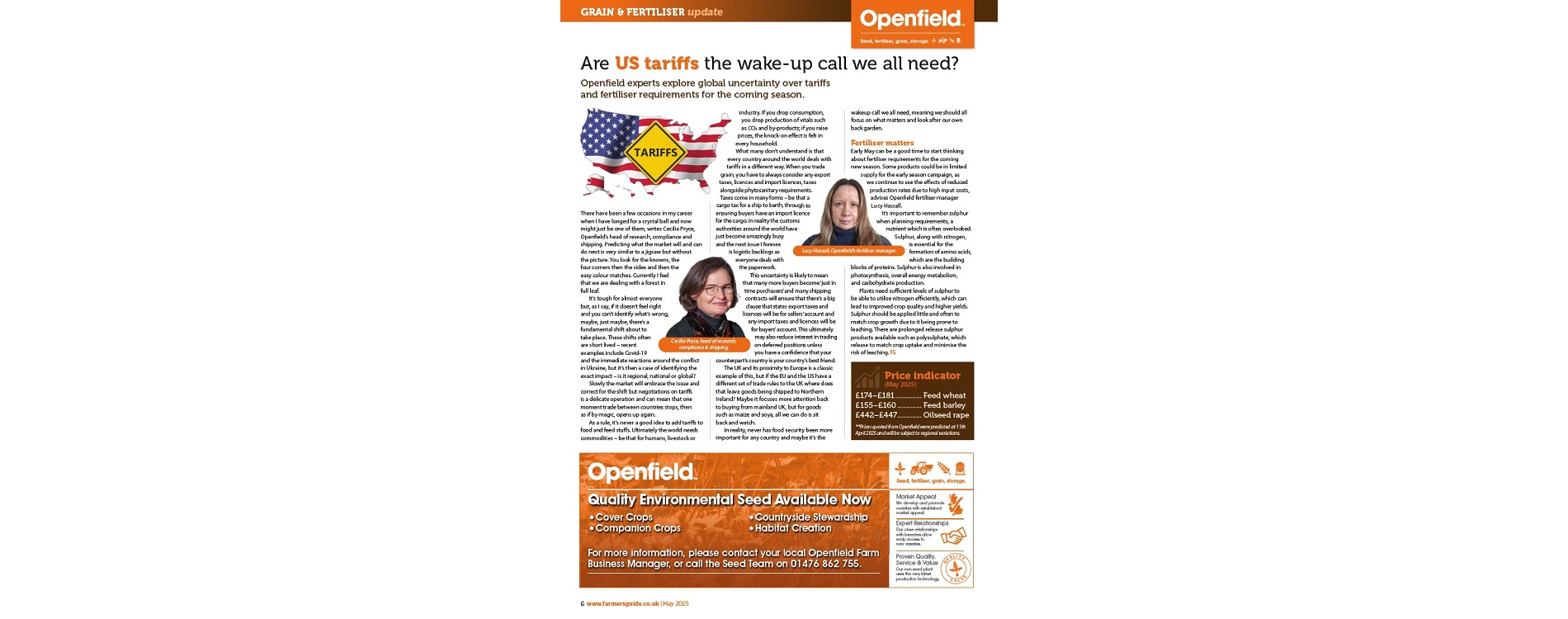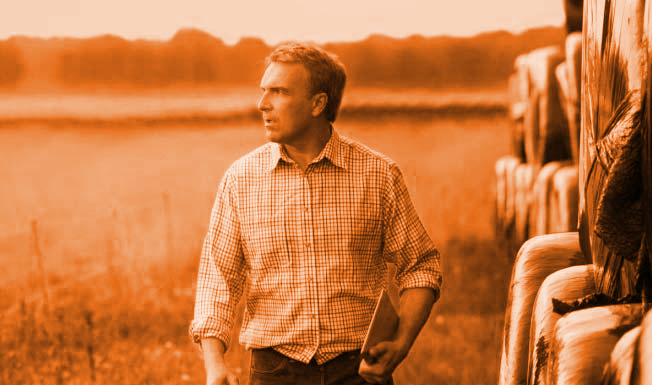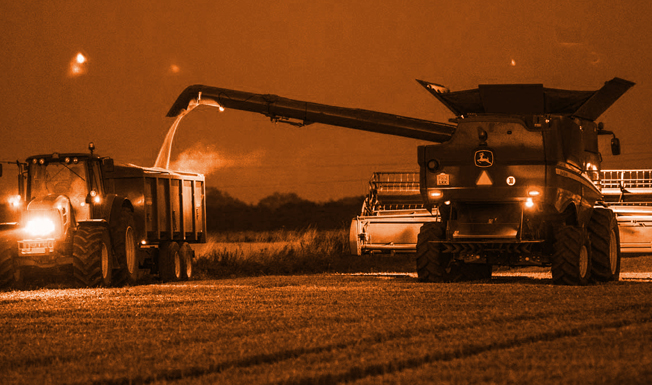Are US tariffs the wake-up call we all need?
The following article has been written for and published by Farmers Guide. It is protected by copyright and may not be reproduced in part or whole without the written express permission of both Openfield and Farmers Guide.
Openfield experts explore global uncertainty over tariffs and fertiliser requirements for the coming season.
There have been a few occasions in my career when I have longed for a crystal ball and now might just be one of them, writes Cecilia Pryce, Openfield’s head of research, compliance and shipping. Predicting what the market will and can do next is very similar to a jigsaw but without the picture. You look for the knowns, the four corners then the sides and then the easy colour matches. Currently I feel that we are dealing with a forest in full leaf.
It’s tough for almost everyone but, as I say, if it doesn’t feel right and you can’t identify what’s wrong, maybe, just maybe, there’s a fundamental shift about to take place. These shifts often are short lived – recent examples include Covid-19 and the immediate reactions around the conflict in Ukraine, but it’s then a case of identifying the exact impact – is it regional, national or global? Slowly the market will embrace the issue and correct for the shift but negotiations on tariffs is a delicate operation and can mean that one moment trade between countries stops, then as if by magic, opens up again.
As a rule, it’s never a good idea to add tariffs to food and feed stuffs. Ultimately the world needs commodities – be that for humans, livestock or industry. If you drop consumption, you drop production of vitals such as CO2 and by-products; if you raise prices, the knock-on effect is felt in every household. What many don’t understand is that every country around the world deals with
tariffs in a different way. When you trade grain, you have to always consider any export taxes, licences and import licences, taxes alongside phytosanitary requirements.
Taxes come in many forms – be that a cargo tax for a ship to berth, through to ensuring buyers have an import licence for the cargo. In reality the customs authorities around the world have just become amazingly busy and the next issue I foresee is logistic backlogs as everyone deals with the paperwork. This uncertainty is likely to mean that many more buyers become ‘just in time purchasers’ and many shipping contracts will ensure that there’s a big clause that states export taxes and licences will be for sellers’ account and any import taxes and licences will be for buyers’ account. This ultimately may also reduce interest in trading on deferred positions unless you have a confidence that your counterpart’s country is your country’s best friend.
The UK and its proximity to Europe is a classic example of this, but if the EU and the US have a different set of trade rules to the UK where does that leave goods being shipped to Northern Ireland? Maybe it focuses more attention back to buying from mainland UK, but for goods such as maize and soya, all we can do is sit back and watch. In reality, never has food security been more
important for any country and maybe it’s the wakeup call we all need, meaning we should all focus on what matters and look after our own back garden.
Fertiliser matters
Early May can be a good time to start thinking about fertiliser requirements for the coming new season. Some products could be in limited supply for the early season campaign, as we continue to see the effects of reduced production rates due to high input costs, advises Openfield fertiliser manager Lucy Hassall. It’s important to remember sulphur when planning requirements, a
nutrient which is often overlooked. Sulphur, along with nitrogen, is essential for the formation of amino acids, which are the building blocks of proteins. Sulphur is also involved in
photosynthesis, overall energy metabolism, and carbohydrate production.
Plants need sufficient levels of sulphur to be able to utilise nitrogen efficiently, which can lead to improved crop quality and higher yields. Sulphur should be applied little and often to match crop growth due to it being prone to leaching. There are prolonged release sulphur products available such as polysulphate, which release to match crop uptake and minimise the risk of leaching.




